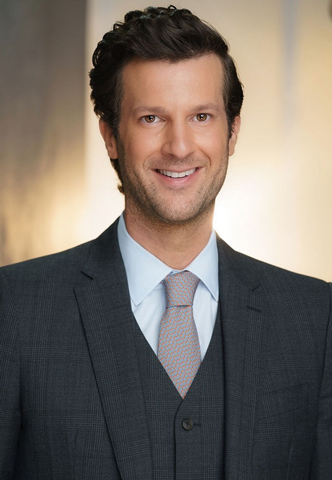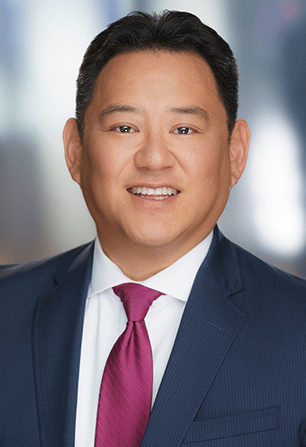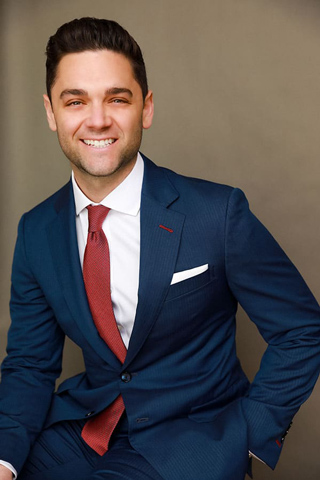When Uber, Lyft, or third-party drivers commit moving violations and drive irresponsibly, serious accidents and injuries may occur. In some instances, injured accident victims can file a lawsuit under the applicable Uber or Lyft corporate policy, seeking financial recovery for their losses.
A knowledgeable rideshare accident attorney can examine your circumstances and determine the appropriate legal options in your case. Your lawyer can then take the necessary steps to recover the full financial compensation you need to recover for your injuries.
How Do Accidents Involving Uber and Lyft Vehicles Happen?
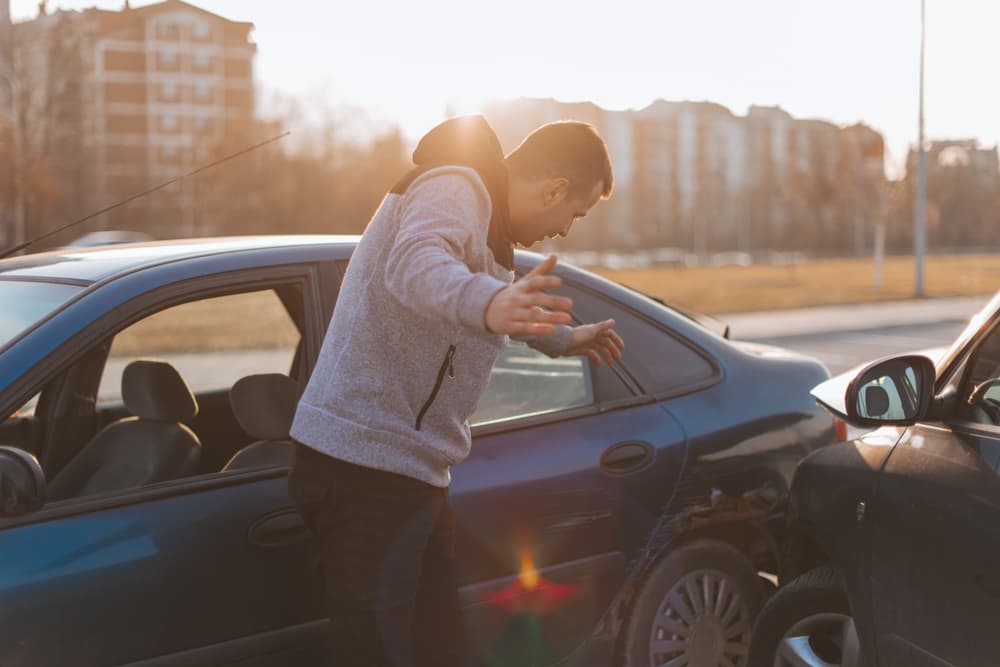
Accidents involving Uber and Lyft vehicles can occur due to driver behavior, road conditions, and unforeseen circumstances.
One prevalent cause is distracted driving, where drivers may text, adjust navigation systems, or interact with passengers, diverting their attention from the road.
Speeding represents another common factor contributing to accidents. In an attempt to fulfill ride requests quickly, some drivers exceed speed limits, compromising safety. Reckless driving, including aggressive maneuvers or failure to yield the right-of-way, also contributes to accidents involving ridesharing vehicles.
Inadequate driver training and unfamiliarity with local traffic regulations can lead to errors on the road. Drivers may struggle to make correct decisions in complex traffic situations, increasing the likelihood of collisions. Poor vehicle maintenance further exacerbates the risks, as mechanical failures or malfunctions can result in accidents.
Impaired driving, whether due to alcohol or drugs, remains a significant issue. Some drivers, intentionally or unintentionally, operate under the influence, impairing their judgment and reaction times. This reckless behavior significantly heightens the probability of accidents.
Additionally, adverse weather conditions pose challenges for Uber and Lyft drivers. Rain, snow, or fog can reduce visibility and make roads slippery, contributing to accidents. Failure to adjust driving behavior to accommodate these conditions can lead to collisions.
Intersection-related accidents are prevalent in urban areas, where ridesharing vehicles frequently navigate complex traffic patterns. Collisions often occur when drivers fail to yield, run red lights, or misjudge the actions of other road users.
Parking lot incidents represent a unique category of accidents involving ridesharing vehicles. Maneuvering through crowded parking areas, drivers may encounter blind spots, pedestrian traffic, or tight spaces, resulting in collisions.
Finally, driver fatigue plays a role in Uber and Lyft vehicle accidents. Long working hours without adequate breaks can lead to exhaustion, impairing a driver’s focus and reaction time. Fatigued driving increases the likelihood of lapses in attention, jeopardizing the safety of the driver and passengers.
Accidents involving Uber and Lyft vehicles can stem from distracted driving, speeding, inadequate training, impaired driving, adverse weather conditions, intersection-related issues, parking lot incidents, and driver fatigue.
Addressing these issues through improved training, stricter safety regulations, and increased awareness can contribute to lessening the occurrence of these accidents.
Common Injuries in Rideshare Accidents
In Uber or Lyft accidents, individuals may sustain various injuries due to the dynamics of the collision. One of the most common injuries is whiplash, typically resulting from the sudden acceleration or deceleration of the vehicle upon impact. Whiplash occurs when the head jerks backward and forward, causing strain on the neck muscles and ligaments.
Head injuries are another prevalent consequence of ridesharing accidents. In the absence of proper restraint systems or due to the impact force, passengers may experience head trauma, ranging from concussions to more severe traumatic brain injuries. Unrestrained passengers are particularly vulnerable to such injuries.
Chest injuries often occur when individuals collide with the vehicle’s interior or other occupants. The impact can lead to bruising, rib fractures, or internal injuries. Even with the presence of seat belts, the force generated during a collision can still result in chest trauma.
Extremity injuries, including fractures, sprains, and contusions, are common in ridesharing accidents. Passengers may brace themselves during a collision, leading to arm, leg, or hand injuries. In more severe accidents, individuals may become pinned or trapped, exacerbating the risk of limb injuries.
Back injuries are also frequent due to the jolting motion experienced in a collision. The force of impact can cause spinal compression, herniated discs, or soft tissue injuries in the back. The severity of these injuries varies depending on factors such as the angle and force of the collision.
Facial injuries may occur when airbags deploy or due to impact on various surfaces within the vehicle. Passengers may sustain cuts, bruises, or fractures to the face, depending on the specific circumstances of the accident.
Psychological injuries, such as post-traumatic stress disorder (PTSD), can also result from ridesharing accidents. The emotional trauma experienced during a collision can have lasting effects on an individual’s mental well-being.
Suppose you suffered any of these injuries in an Uber or Lyft accident. In that case, an experienced car accident lawyer can handle the legal components of your case while you focus on attending medical appointments and making a full recovery.
Filing an Insurance Claim or Lawsuit After an Uber or Lyft Accident
Successfully navigating the process of filing an insurance claim or lawsuit after an Uber or Lyft accident requires a proactive and strategic approach. The first step is to seek ongoing medical attention for injuries sustained during the accident. Timely medical documentation can establish the link between the accident and the injuries, forming a solid foundation for the personal injury claim.
Gathering evidence at the accident scene is also paramount. You should take photographs of the involved vehicles, the surrounding environment, and any relevant road signs or signals and obtain contact information from witnesses.
Proactive evidence collection strengthens your position when dealing with insurance companies or presenting your personal injury case in court.
When dealing with ridesharing accidents, report the incident to the police and ensure that they file a detailed report. This official document serves as valuable evidence and helps establish the facts surrounding the accident.
You should also preserve all relevant documentation, including medical records, bills, and receipts for any expenses incurred due to the accident. This comprehensive documentation will help calculate the extent of your damages when pursuing a claim or lawsuit.
Contacting the involved insurance companies is also crucial. A personal injury attorney can notify your insurance provider and the ridesharing company’s insurer of the accident. They can also provide the insurance company with the necessary information, including the police report, photographs, and medical records. Clear communication with the insurers facilitates a smoother claims process.
Consulting with an experienced personal injury attorney is also advisable to navigate the complexities of insurance claims and lawsuits.
A knowledgeable attorney can assess the strength of your case, guide you through the legal procedures, and negotiate with insurance companies on your behalf. Their experience is invaluable in maximizing the compensation you may recover for medical expenses, lost income, and pain and suffering.
When considering a lawsuit, you must file within the statute of limitations – which varies by jurisdiction. Your attorney will prepare a compelling case, present evidence, and advocate for your rights in court if the parties cannot negotiate a fair settlement.
Filing a successful insurance claim or lawsuit after an Uber or Lyft accident necessitates swift action, careful documentation, clear communication with insurers, and legal representation. By taking these proactive steps, individuals can increase the likelihood of a favorable outcome and fair compensation for the damages they incurred.
How to Prove the Legal Elements of a Rideshare Accident Case
Proving the legal elements of an Uber or Lyft accident case requires a strategic presentation of compelling evidence.
Presenting this evidence involves:
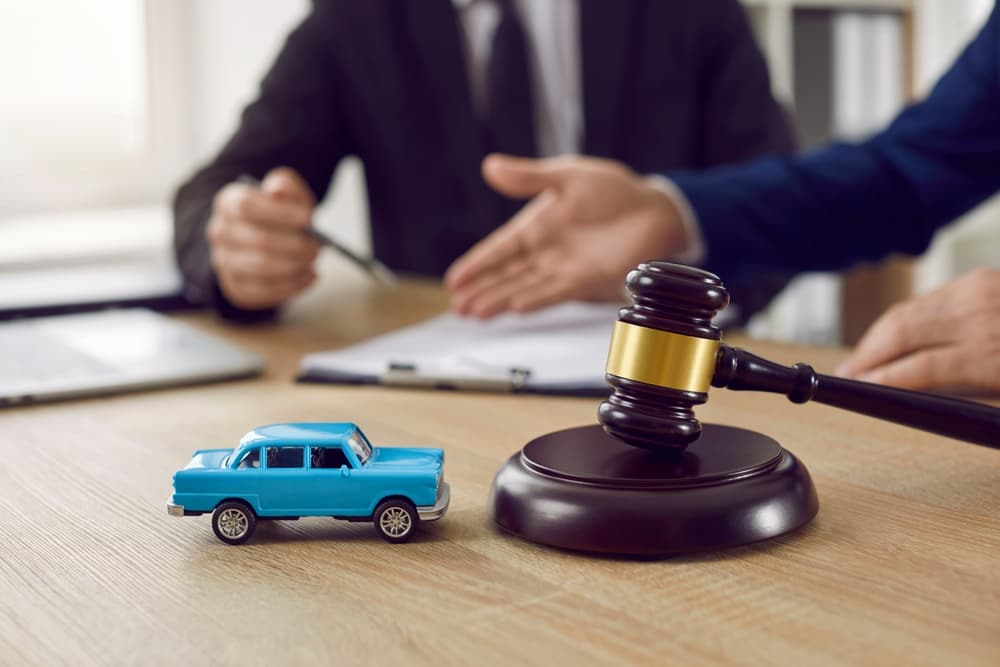
- Duty of Care — One crucial element is establishing the duty of care the ridesharing driver owed. The driver’s adherence to traffic laws, road regulations, and the company’s guidelines demonstrates this standard of care. Evidence may include traffic camera footage, eyewitness statements, and the ridesharing company’s records detailing driver training and policies.
- Breach of Duty — Establishing a breach of duty requires providing evidence that the ridesharing driver failed to meet the expected standard of care. This may involve presenting photographs or videos from the accident scene, eyewitness testimonies describing the driver’s behavior, or the driver’s statements admitting fault. Phone records indicating distracted driving or any evidence of intoxication contribute to establishing a breach of duty.
- Causation — Causation, linking the driver’s breach of duty to the injuries sustained, is a critical element. Medical documentation, professional testimonies, and accident reconstruction reports can help establish a link between the driver’s actions and the victim’s injuries. This evidence helps prove that the injuries directly resulted from the ridesharing driver’s negligence.
- Damages — The victim must also clearly demonstrate damages, the measurable losses resulting from the rideshare accident. Medical records, bills, and professional opinions on the extent of injuries are crucial. Additionally, documentation of lost income, property damage, and other out-of-pocket expenses contributes to establishing the full extent of damages.
Eyewitness testimonies play a pivotal role in corroborating the events surrounding the accident. Neutral third-party accounts can provide an unbiased perspective on the circumstances leading to the collision. These testimonies can enhance the overall credibility of the case.
The ridesharing company’s records, including driver logs, GPS data, and communication logs, can be instrumental in establishing liability. This evidence may reveal the driver’s activity leading up to the accident, such as any sudden stops, route deviations, or other relevant details.
Communication records, including call or text logs, may indicate distractions or negligence on the driver’s part. Phone records can be particularly effective in demonstrating if the driver engaged in distracting activities like texting or using the ridesharing app during the accident.
- A comprehensive array of evidence, including traffic camera footage, eyewitness testimonies, medical documentation, professional opinions, communication records, and ridesharing company records, is essential in proving the legal elements of an Uber or Lyft accident case. Combining these types of evidence strengthens the overall case and enhances the chances of a favorable outcome for the accident victim.
Recovering Compensation for Injuries in a Third-party Rideshare Accident Claim
Recovering the damages you deserve following an Uber or Lyft accident involves a thorough approach that covers all aspects of your losses.
Compensable damages may include:
- Compensation for past and future medical bills is a key component. Presenting detailed medical records, bills, and professional opinions helps establish the extent of your injuries and the associated healthcare costs. This comprehensive documentation supports your claim for reimbursement of medical expenses.
- Accident victims must thoroughly document permanent limitations resulting from the accident to claim compensation for ongoing medical care, rehabilitation, and adjustments required in daily life. Professional opinions and long-term prognosis reports contribute to a compelling case for securing damages to address permanent limitations.
- A victim may also pursue compensation for loss of consortium, referring to the effects of the injuries on personal relationships. Evidence of the strain on familial and spousal relationships, such as testimonies from loved ones, strengthens this claim.
- In addition, compensation for lost earnings is essential, covering the period during which you can not work due to injuries sustained in the accident. Documentation of your income history, employment records, and professional opinions on potential future earnings assists in establishing the financial repercussions of lost earnings.
- Loss of earning capacity, addressing the long-term consequences of injuries on your ability to earn requires a detailed assessment of your skills, education, and career prospects. Professional opinions and vocational assessments contribute to demonstrating the lasting effects on your earning potential.
- Pain and suffering, encompassing physical and emotional distress, can be challenging to quantify but is a legitimate component of your claim. Personal testimonies, medical records detailing your pain management efforts, and professional opinions can help establish the extent of your suffering.
- Mental distress resulting from the accident, including anxiety, depression, or post-traumatic stress disorder (PTSD), warrants compensation. Presenting psychiatric evaluations, counseling records, and testimonies from mental health professionals contributes to demonstrating the effects on your mental well-being.
- Loss of life enjoyment refers to the diminished ability to enjoy life’s activities due to the injuries. Providing evidence such as personal testimonies, photographs, and recorded activities before the accident helps quantify this aspect of your claim.
- Loss of use of a body part or function requires thorough documentation of the impairment’s repercussions on daily life. Medical records, professional opinions, and testimonies contribute to establishing the limitations the loss of use has imposed.
- The victim may also pursue punitive damages in cases of extreme negligence or willful misconduct by the ridesharing driver or company. Clear evidence of egregious conduct, such as reckless driving or intentional harm, strengthens the case for punitive damages.
- Recovering the damages you deserve after an Uber or Lyft accident involves presenting a comprehensive case for compensation. Thorough documentation, professional opinions, and clear evidence of the various elements of your losses contribute to a compelling claim for fair and just compensation.
Contact an Experienced Rideshare Accident Lawyer Today
If you recently suffered injuries in an Uber or Lyft accident that a negligent driver caused, you may recover compensation.
A skilled personal injury lawyer at Wilshire Law Firm can review your legal options with you, estimate the likely value of your case, and pursue the financial recovery you deserve for your injuries. Contact us today to schedule your consultation.




